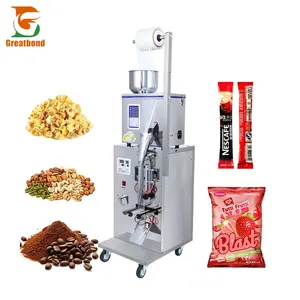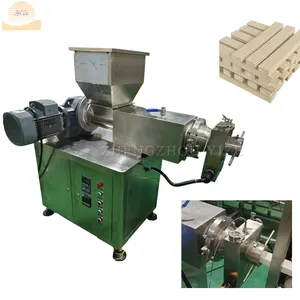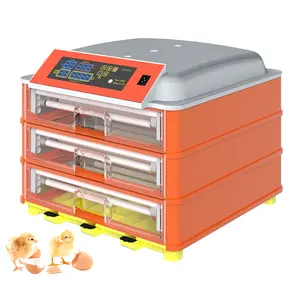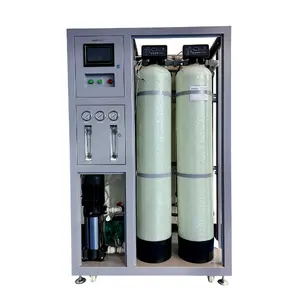Popular in your industry











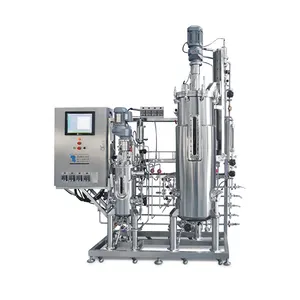















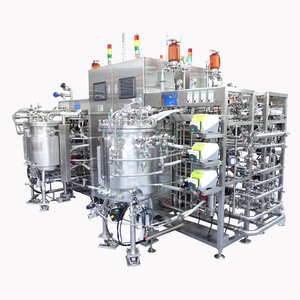

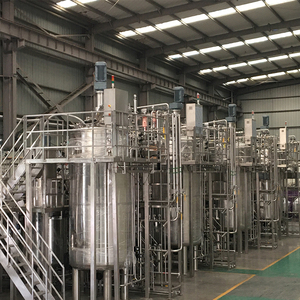
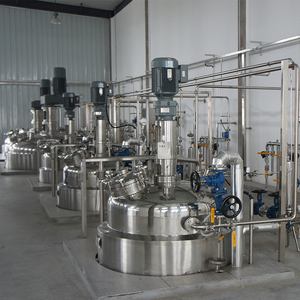




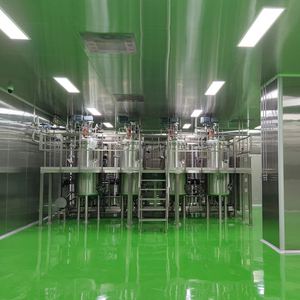
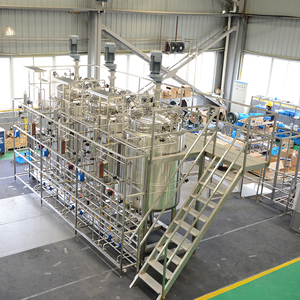







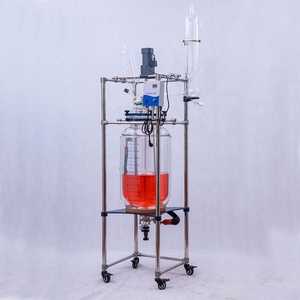

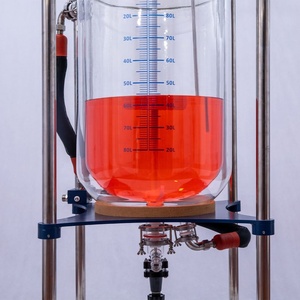
























Related Searches:


























































































































































Top categories
About bioreactor model
A bioreactor model is a sophisticated system used in biotechnological and pharmaceutical industries to cultivate cells or microorganisms under controlled conditions. A continuous stirred tank bioreactor, often known as a CSTR, is a type of bioreactor model that supports continuous and uniform mixing of the growth medium, ensuring optimal conditions for cell growth and metabolite production. Conversely, a plug flow bioreactor, also known as a PFR, facilitates a plug flow pattern in which the growth medium flows through the reactor without back mixing, providing a more controlled environment for specific applications. Bioreactor models offer versatility in research and large-scale industrial applications, enabling the production of various products, including pharmaceuticals, biofuels, and enzymes.
Types of bioreactor model
Although there are different types of bioreactor models, they can be broadly classified into stirred tank bioreactors and packed bed bioreactors. The stirred tank bioreactor models, such as the CSTR, feature an agitator to ensure proper mixing of the growth medium, uniform distribution of nutrients, and oxygen throughout the reactor. This continuous mixing enhances cell growth and enhances the efficiency of bioprocesses. In contrast, packed bed bioreactor models, such as the PFR, consist of a fixed bed of support material, allowing the growth medium to flow through the bioreactor while the cells or microorganisms attach to the support structure. This design is beneficial for applications requiring specific conditions or the immobilization of cells. Besides, membrane bioreactor models integrate membrane filtration within the bioreactor, offering advantages in terms of separation and retention of cells or products. Each type of bioreactor model has its advantages and is selected based on the specific requirements of the bioprocess, such as the need for continuous flow, controlled mixing, or specialized cell immobilization.
Applications of bioreactor model
The bioreactor model's design and operation significantly impact the efficiency and outcomes of bioprocesses. For instance, the CSTR provides a well-mixed environment suitable for processes requiring uniform conditions, such as the production of enzymes or bioethanol. In contrast, the PFR is ideal for applications demanding precise control over reaction parameters, making it suitable for pharmaceutical manufacturing or biodegradation studies. Similarly, the membrane bioreactor is commonly used in wastewater treatment, biogas production, and the pharmaceutical industry for its ability to separate and concentrate products.
Advantages and disadvantages of using a bioreactor model
Bioreactor models offer numerous advantages in various fields, including controlled and scalable production of biopharmaceuticals, sustainable biofuel production, and advanced research in bioengineering. Their ability to provide a controlled environment for cell growth, optimize nutrient availability, and monitor key parameters in real time enhances the efficiency and reproducibility of bioprocesses. Furthermore, bioreactor models contribute to the advancement of tissue engineering and regenerative medicine by providing a platform for culturing 3D cell structures, known as organoids. This technology is utilized in the development of personalized medicine, disease modeling, and drug discovery.
